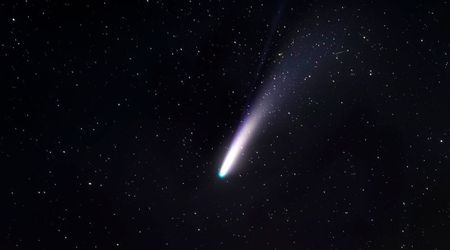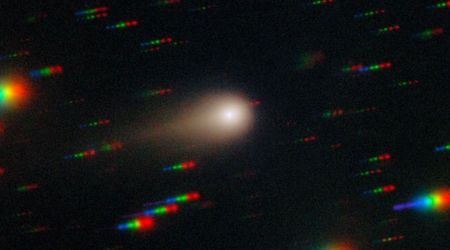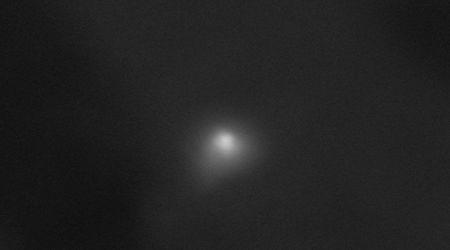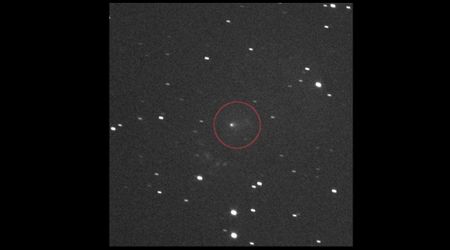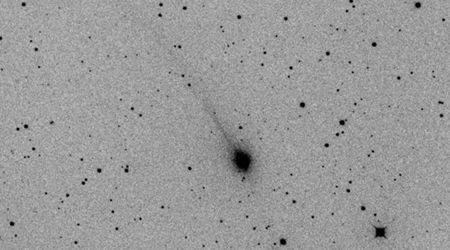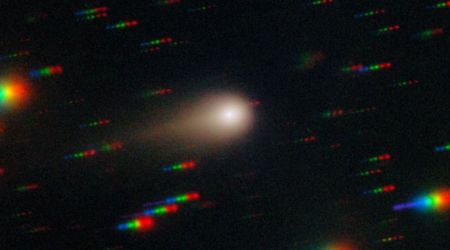Astronomers break down the truth behind Earth's 'second moon' expected to hang around our planet until 2083
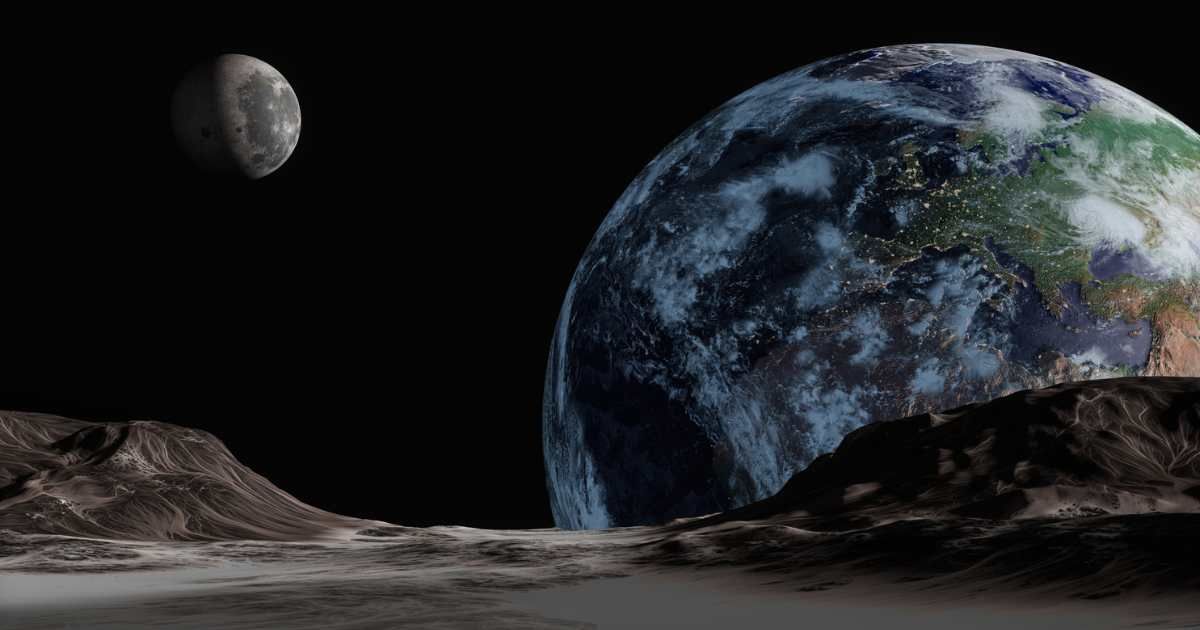
An asteroid has effectively become a long-term "quasi-moon" to Earth, shadowing our planet in a shared solar orbit until the year 2083, according to recent findings published in IOP Science. Designated 2025 PN7, the object is not a true satellite; it does not actually orbit Earth. Instead, it maintains a path around the Sun that closely mirrors our planet's, creating the illusion of a temporary companion.
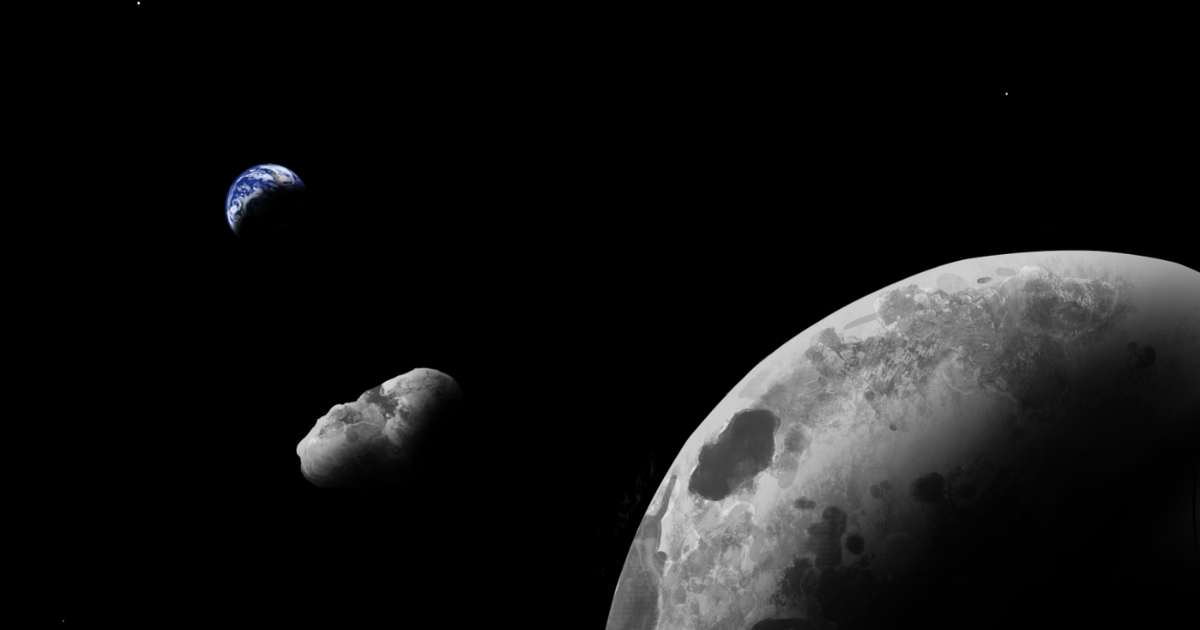
Cornell University Astronomy Professor Phil Nicholson explained that these objects orbit the Sun on paths extremely similar to Earth’s. He further added, "They sometimes 'keep company' with the Earth for years, or even decades." He likened the phenomenon to a wild animal following a group of people without officially joining the pack, as per ABC News.
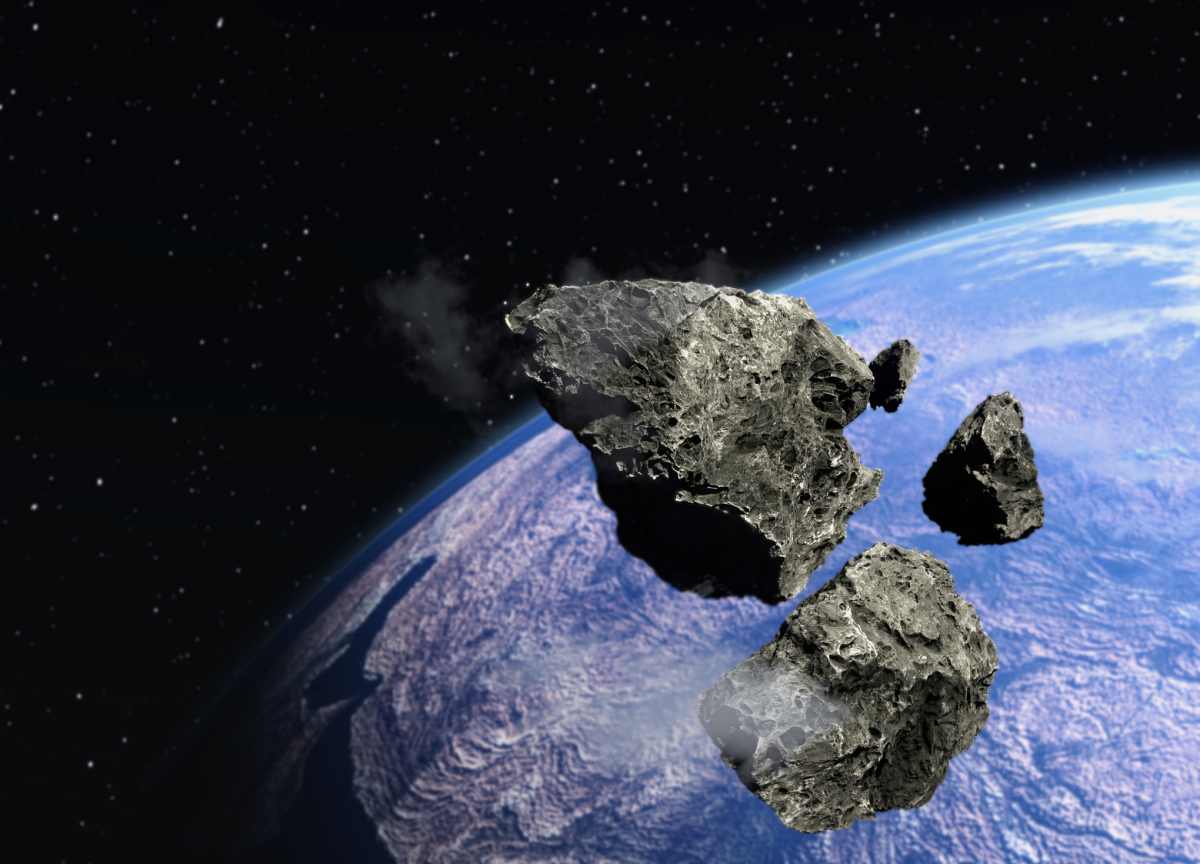
From Earth's perspective, this orbital dance makes the asteroid appear to circle our planet, said Zoe Ponterio, manager of Cornell University's Spacecraft Planetary Image Facility. The asteroid’s oval-shaped orbit means its speed relative to Earth constantly changes: it accelerates when closer to the Sun and slows down when farther away. This repeated overtaking and lagging effect creates the optical illusion that the object is in an orbit around Earth.
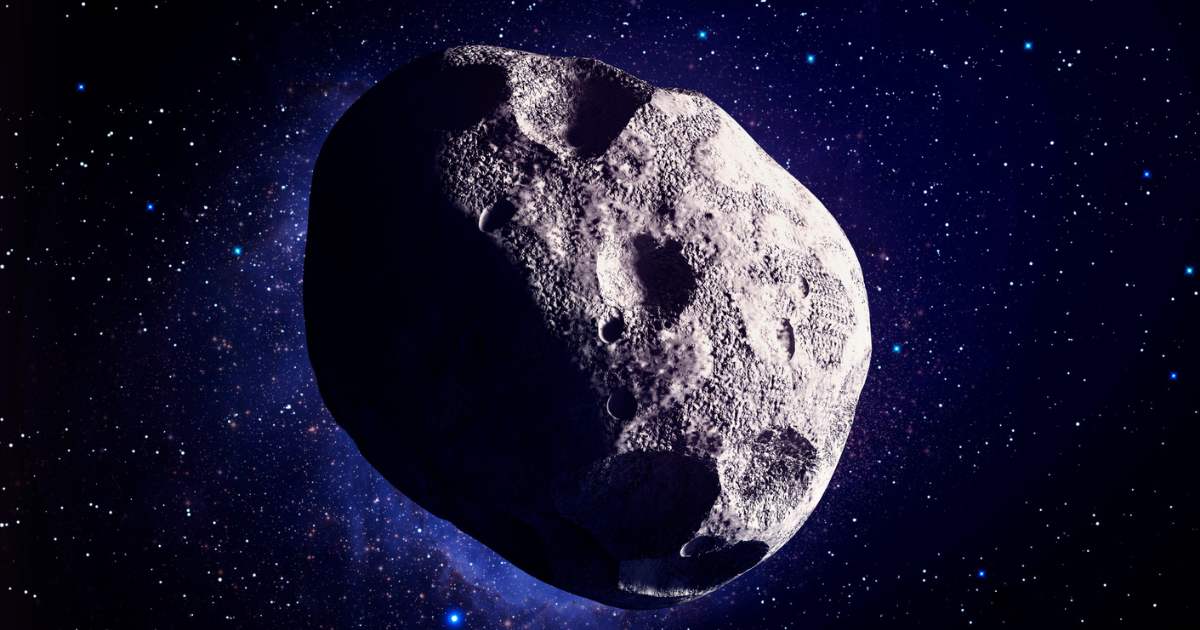
The celestial body's path is predicted to eventually evolve into a horseshoe orbit, where it will appear to swing back and forth across the sky as it alternately passes Earth on its inner and outer tracks. This kind of temporary association is not unprecedented; astrophysicists have previously documented at least six other partial or temporary quasi-moons near Earth. The discovery was formalized after the Pan-STARRS telescope in Hawaii captured images of the object on August 29. However, analysis of older datasets suggests the quasi-moon has been in this particular orbital alignment for the past six decades.
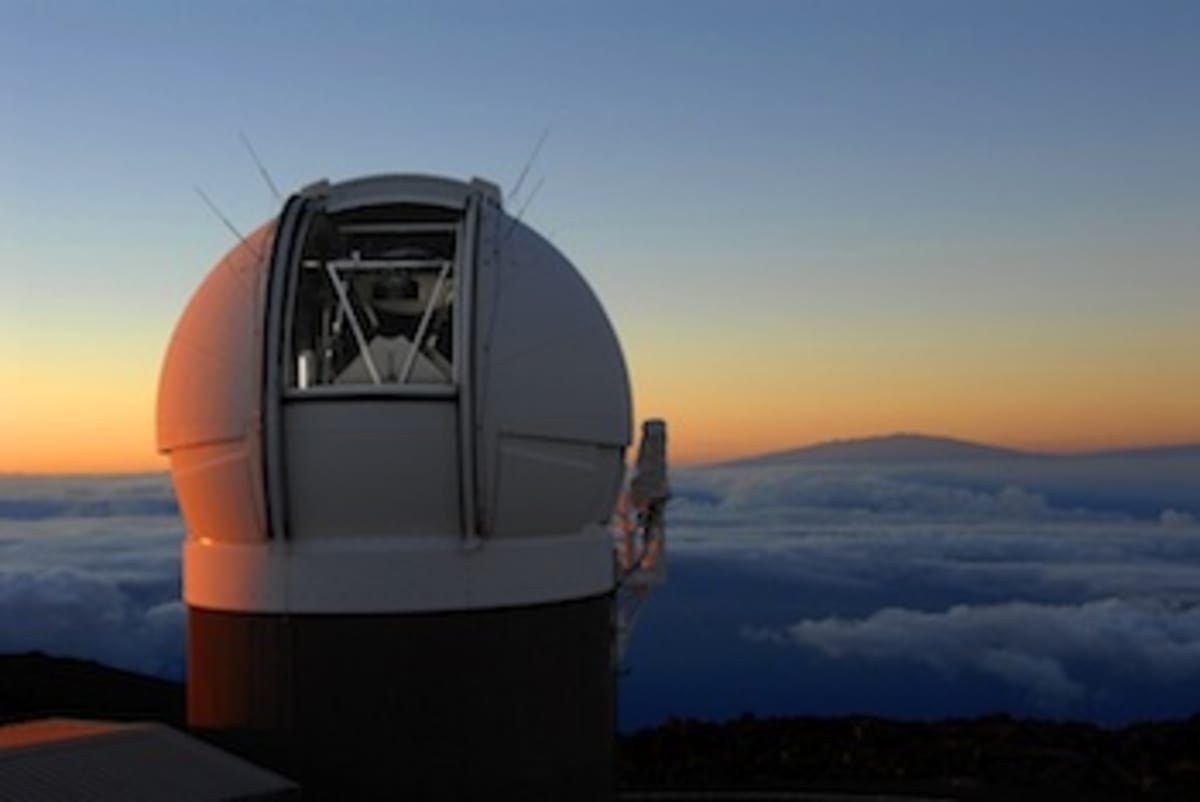
Astronomers stress that the average person won't see this new visitor. The object is both small and extremely dim, possessing a magnitude of only 26, far too faint to be detected without powerful specialized telescopes. The existence of objects like 2025 PN7 underscores the complexity of our local system. Kelle Cruz, Associate Professor of Physics and Astronomy at Hunter College, emphasized that the Solar System contains "far more than just the familiar planets." She noted that ongoing and forthcoming projects, such as the LSST Survey using the Rubin Observatory, promise a "flood of new discoveries" of small, faint objects lurking both in our Solar System and the Milky Way.

The concept of a temporary companion orbiting Earth is not new. In the fall of 2024, our planet briefly acquired a "mini-moon," a captured asteroid officially named 2024 PT5. Unlike the decades-long orbital alignment of a quasi-moon like 2025 PN7, a mini-moon is an object that becomes gravitationally bound to Earth for a short time. Asteroid 2024 PT5, estimated to be about 10 meters across, was captured on September 29 and released on November 25, remaining in our planet's orbit for just 57 days.
The observation of 2024 PT5 was a notable event, as it represented only the fifth mini-moon ever recorded to have been captured by Earth. This highlights the rarity of detecting these fleeting cosmic visitors, even as sophisticated survey projects continue to monitor the space surrounding our planet.
More on Starlust
Asteroid the size of a skyscraper set for a close approach to Earth this month—should we be worried?


